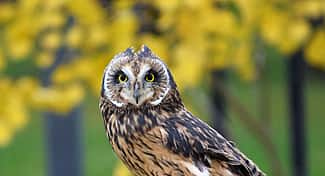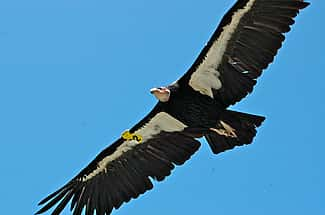Draper Natural History Museum
Draper Natural History Museum staff and volunteers conduct long-term ecological research in the Greater Yellowstone Ecosystem and keep up with all the wildlife and science news and issues related to this world-renowned, natural treasure. Keep up with Draper Museum fieldwork and Greater Yellowstone news and information here.

Abatement, the Working Raptor
Raptors worldwide regularly dine on a wide variety of prey. In the wild we can thank raptors such as Red-tailed Hawks and…

Avian Ambassadors and the Vet
If you are a pet owner, there’s a very high probability you’ve taken your pet to the doctor at least once. Most…

Introducing the Eastern Screech-owl
Screech-owls are small, common owls found throughout the United States. Although two different species, the Eastern and Western Screech-owls are so similar…

Birds and the Law
A question we are commonly asked is, “Can I have that feather?” when one of our birds drops a gorgeous feather in…

THE ESSENTIAL VULTURE Part 3: Methods of Saving Them
Vulture populations are declining worldwide. Even a vulture whose stomach acids can kill deadly diseases, can’t handle pesticides, certain veterinary drugs, and…

THE ESSENTIAL VULTURE Part 2: Why they are in trouble, and Why it matters
World wide, many vulture populations are in trouble, yet they are one of the most essential birds. According to the National Geographic…